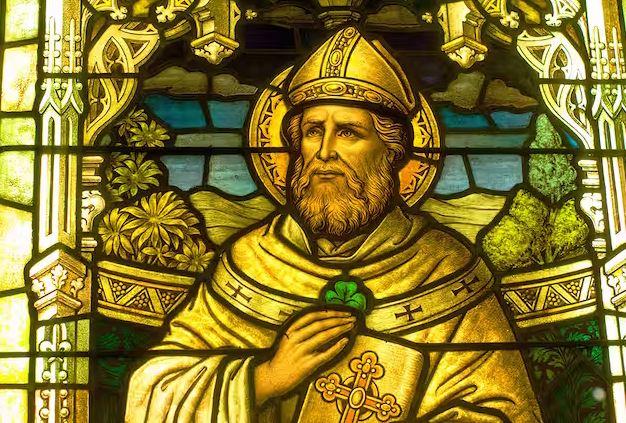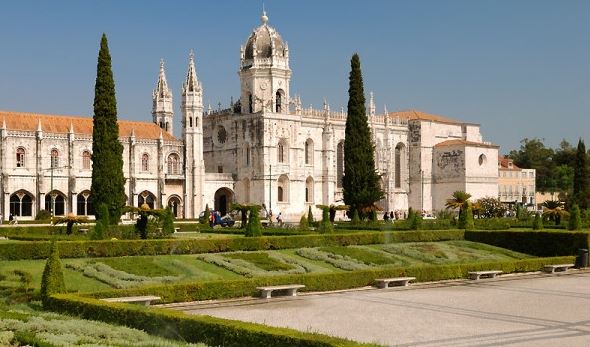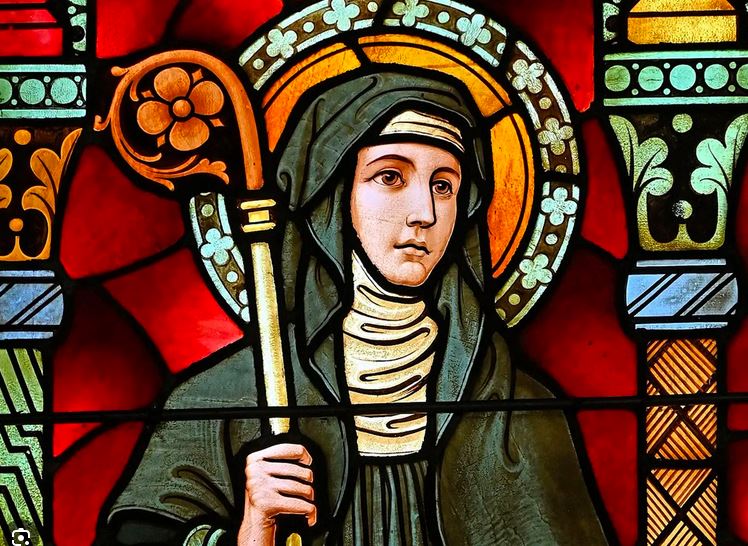The Feast of St Brigit, Bridget and Brid
Welcome to the newest holiday in the Irish calendar
Pagan Goddess or Christian Saint? Bridget, Brigid, or Bríd? Ireland’s latest Bank Holiday is held in the honour of a very powerful woman, and her feast day on February 1st ushers in the coming of Spring.
Back into the ancient Irish past, where history meets mythology, Brigid was the daughter of Dagda, chief of the gods. With parentage like that, she had an awful lot going for her. Goddess of healers and poets, childbirth and inspiration, she was also patron of fire, home and hearth, and of warfare. Fire was thought to be the source of knowledge, and so it was known to be both powerfully creative and, potentially, devastatingly destructive. As patron of both, Brigid had huge influence over a person’s destiny. She was said to lean over every cradle, imbuing each new baby with the talents, and the desires that would shape their lives.
As goddess of warfare, her soldiers were called Brigands, although Italian tradition has it that the word Brigand comes from brigare, which means to brawl or fight. Who knows, maybe Brigid also inspired some Italian passions in her time? Whatever the case, her stories weave through Irish mythology, and the very first keening (the traditional Irish lament for the dead) came from Brigid, when she cried in grief over her son, Ruadan, after he was killed in battle.

Linking across time, St Brigid herself is said to have been born around the year 450 to 453, which makes her a contemporary of St Patrick. Patroness of farmers and cattle, and protector of the household; her symbol is a reed cross, which is hung up on houses across the island to protect the home and its occupants. Woven from reeds, which must be pulled, but never cut, each year’s cross is then given to the fire after her feast day is over. You will find charred St Brigid’s crosses in the roof spaces and rafters of many old houses in Ireland.
Brigid’s father, Dubthach, was a pagan chief, and her mother Broicsech, a Christian, and she grew up on her father’s farm. Inspired to Christianity by St Patrick, she prayed to God to remove her beauty, so that she would never have to be married, and could instead devote her life to her faith. It is said that the day she took her vows and entered the convent, her beauty was restored.
During her life, Brigid founded may convents, the most famous being in Co Kildare. When she died, her remains were transferred to Downpatrick, where she now rests alongside St Patrick and St Columcille, although other of her relics are also venerated in Lisbon in Portugal. Discover more about St Patrick and his life in our Surprising Saint Patrick story here.

Stories of the ancient goddess and the Christian saint continue to mingle. Brigid is also said to be foster mother of Christ, having wrapped the new born Infant in her cloak as Mary rested. In another story, St Brigid went to the King of Leinster to ask for land for her convent. As they were standing in some of the best, and most fertile lands in Ireland, the king, unsurprisingly demurred. Brigid then asked him if, perhaps, he might give her as much land as her cloak would cover. Laughingly he agreed, only to find the cloak suddenly spread over acres and acres of land. Seeing such a miracle, the king himself converted to Christianity.
Over time, Brigid – with all its varying spellings – became so popular an Irish name that servant girls from Ireland tended to be called its diminutives, Biddy and Bridie, by their masters as they took up employment overseas. The name has spread around the world, with variations, such as Brigitta, Brigitte and Brit across different languages. Literally translating from the Gaelic brígh, meaning power, strength, virtue and exaltation, it is no wonder that the name, and the stories of the women who inhabited it have so endured.
In Ireland, celebrating the new Bank Holiday, a new Festival marks the legacies of Bríd, Brigid and Bridget, and ushers in the season of Imbolc, the Celtic beginning of Spring. The Brigit Festival (with yet another spelling of her name!) runs across Dublin, from February 1st to 5th in 2024, and this year, the bank holiday itself is on February 5th. Look out for exhibitions, music, films, talks and family events throughout the city, with more details here. As the days lengthen, and Bridgets everywhere awaken their Celtic senses for the first days of Spring, we look forward to welcoming you to Dublin, and to The Merrion Hotel for the brighter days to come.



